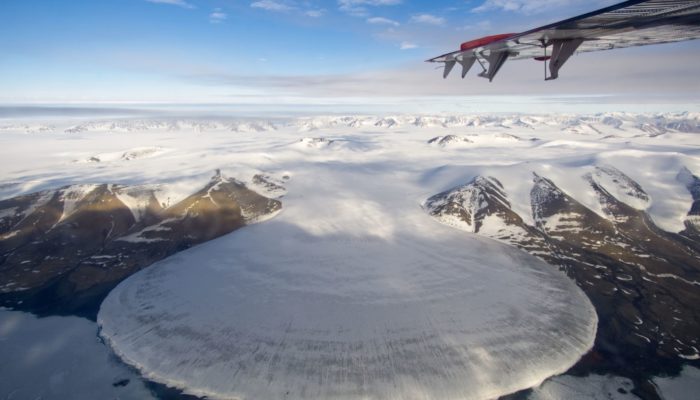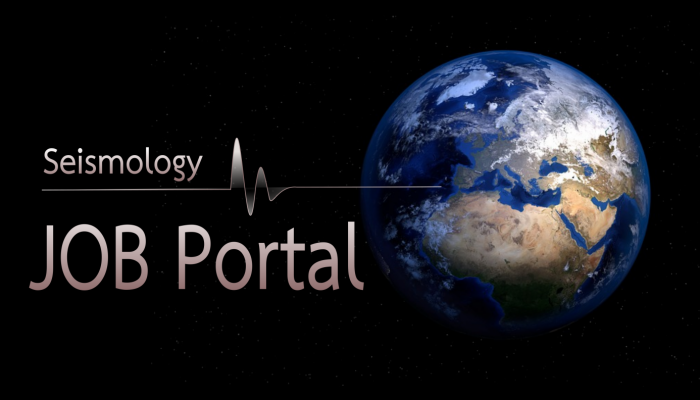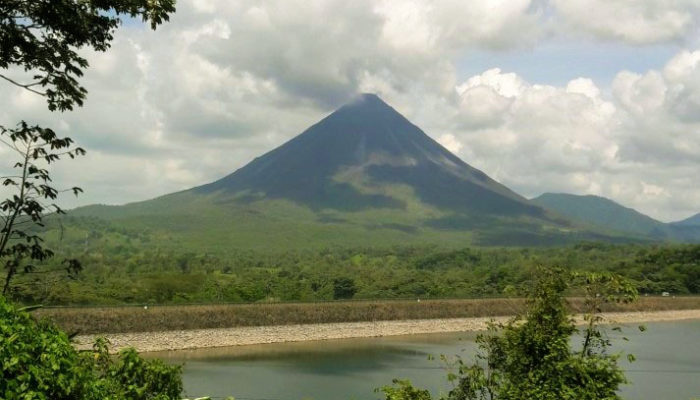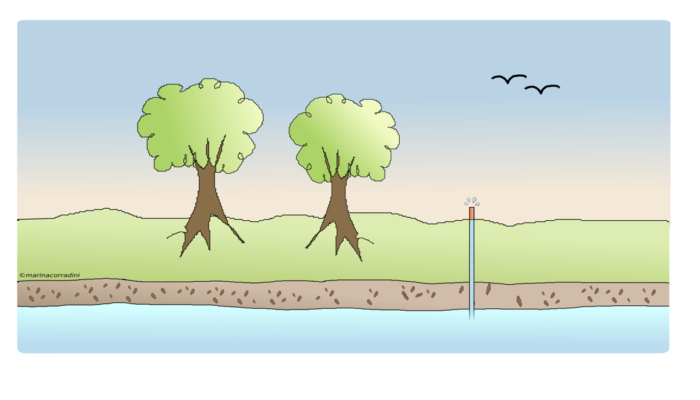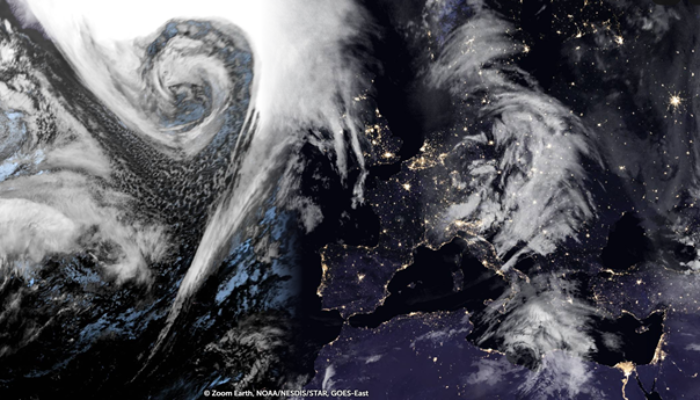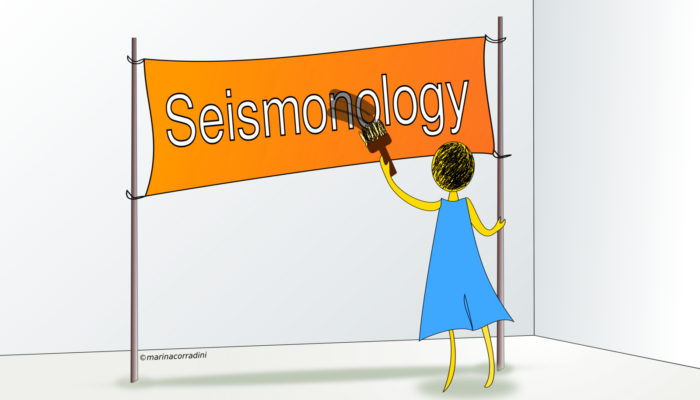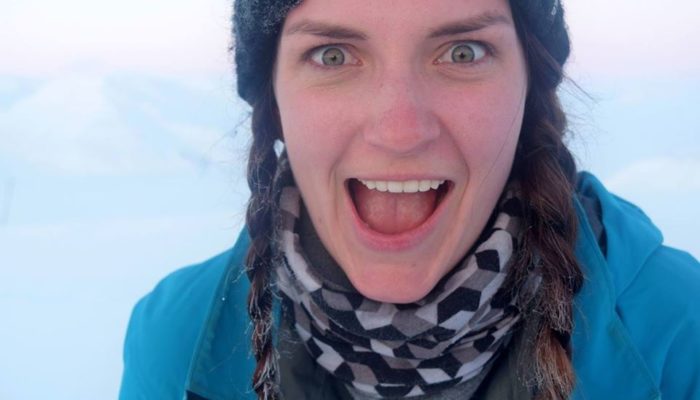Ice is a viscous fluid: it flows but slowly, reaching up to 100 m/yr for the fastest flowing ice. That’s 0.00001 km/hr, so you’d never see it with the naked eye. But what influences the morphology of the glaciers is the shape of the topography that lies underneath them. Elephant Foot Glacier, shown above, aptly named for its shape, is a textbook-example of a piedmont glacier. These types of glacie ...[Read More]
Seismology
Seismology Job Portal
On this page, we regularly update open positions in Seismology for early career scientists. Do you have a job on offer? Contact us at ecs-sm@egu.eu Please, note that other available research positions are displayed on the EGU Jobs Portal.
Geodynamics
The Sassy Scientist – Climate Change Causality
Tom Doehne has been watching the news reports on the effects of climate change on human civilization. Dumbfounded that the main stream has not peered beyond the variable intensity of weather patterns and the mere notion of rising sea levels, he pondered: Will the increase in ocean level trigger more slippage along subduction zones? Dear Tom, In terms of geophysical research angles this really is a ...[Read More]
Hydrological Sciences
Featured catchment series: The San Carlos Catchment in northeast Costa Rica, a multi-scale hydrological observatory to leapfrog data scarcity in the tropics
Tropical ecosystems are of major hydrological importance for regional and global climate systems and are characterized by greater energy inputs, higher rate of change and dynamics compared to other hydroclimatic regions. Nowadays, the anthropogenic influence in the climate crisis exerts enormous pressure on tropical hydrological systems. This growing pressure affects water quality and quantity, wh ...[Read More]
Geodynamics
Science. Exploration. Survival.
A scientific career can be a struggle. This week Dave Stegman, Associate Professor at Scripps, draws parallels between being a scientist and being an Antarctic explorer. He dangled in the crevasse, unable to touch the sides; the abyss beneath was hundreds of feet deep; the rope he was suspended from was 14 feet long, connected above to the sledge he had been hauling. Was it luck when his sledge ha ...[Read More]
Seismology
Ambient seismic noise and the quest for groundwater
Groundwater is water stored within permeable geological formations, and nearly a third of Earth’s freshwater supply comes from this source (a). In Africa, the overwhelming majority of distributable freshwater is contained in groundwater, and in the EU, 75% of the population relies on groundwater (b). This dependence on groundwater is steadily rising. As humanity as a whole, figures out how ...[Read More]
Nonlinear Processes in Geosciences
The 2020 extra-tropical monster cyclones and their (possible) relations with climate change
On February 9th, a British Airways Boeing 747 landed in London Heathrow airport just four hours and 56 minutes after its take-off in JFK, New York, setting the shortest flight-time for non-supersonic jets over this route. The jumbo jet took advantage of the fast upper-tropospheric winds associated with an exceptionally strong jet-stream which created tail winds of about 400km/h. Over the United Ki ...[Read More]
Seismology
Early Career Scientist representative? You might be the next one!
Why Early Career Scientist (ECS) representatives? The EGU SM division tackles cutting-edge research topics covering a large variety of basic and applied scientific fields in the context of both natural resources and natural hazards. The EGU SM division is a space where one can discuss a wide range of scientific questions and their societal impact. To engage in a forward-looking discussion and stre ...[Read More]
Cryospheric Sciences
An interview with Jean Holloway on the importance of mental health in graduate school
Recent studies have shown that mental health conditions are far more common in graduate students than in the general public (e.g. Bolotnyy et al., 2020). Despite the prevalence, these issues are not something that are often openly discussed, and graduate students often don’t seek treatment. This week, we are interviewing Jean Holloway who aims to shed some light on her personal experience with som ...[Read More]
Geodynamics
The Sassy Scientist – Science Sweethearts III
Athena is torn between desire and duty, and asks: What is your opinion on workplace romances? Dear Athena, Following the overwhelming success of the last two posts on workplace romance, this Valentine’s Day has prompted a return to the magic of poetry to answer this question. In the form of the villanelle this time. No, not the beloved character from the tv show or the novella series, but th ...[Read More]

